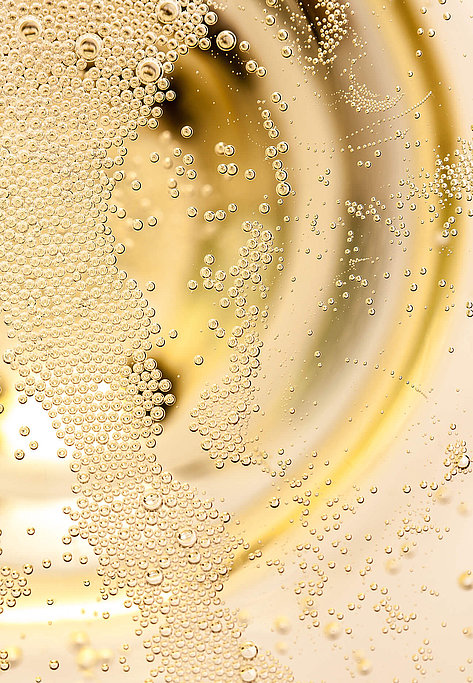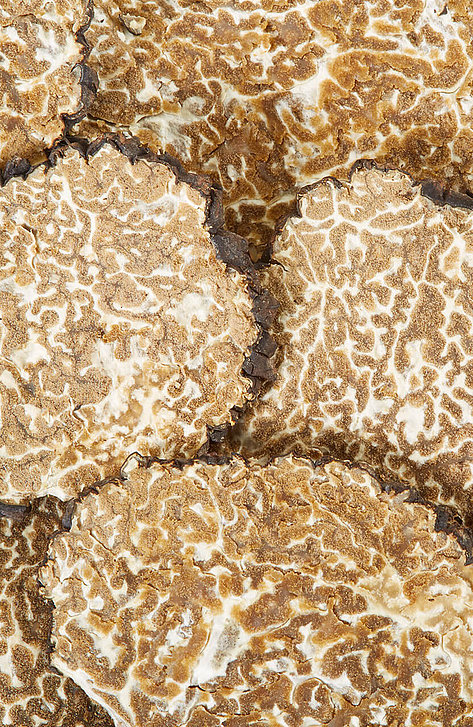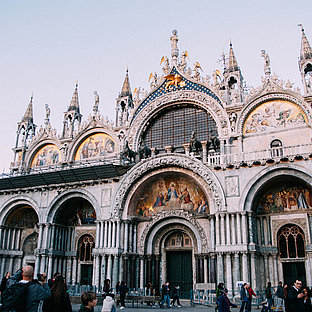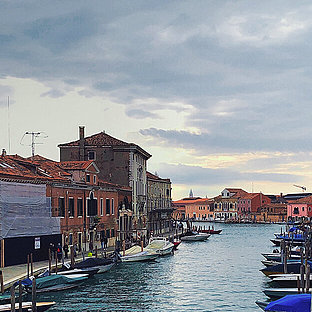Luxury food for the mafia and the masses - Culinary treasures
4 min readChampagne is undoubtedly considered to be the king of sparkling wines. On the one hand, this is probably due to the fact that the effervescent wine owes its name to the Champagne region, where it was invented. On the other hand, since the 17th century the region has specified how this luxury drink is to be produced and under what conditions it is actually allowed to be called champagne. How did this come about? A long time ago, the regional winegrowers got into the habit of keeping their products destined for export to Britain as fresh as possible by bottling the wine shortly after the harvest.
However, this involved a second fermentation, over the course of which carbonic acid was generated. This was a problem as not all the bottles could withstand the pressure and some exploded during transport. Then the Benedictine monk Dom Pérignon came up with his revolutionary invention: the controlled second fermentation with the help of a meticulously dosed sugar-yeast solution. In combination with extremely thick-walled bottles, it enabled safe transport. In the 19th century, champagne became known worldwide as the luxury beverage par excellence. At the same time, it was also specified that the designation ‘champagne’ must be strictly limited to sparkling wines actually coming from the clearly defined Champagne wine-growing area. The prerequisites are manual harvesting, a reduced quantity of grapes, special grape varieties, ageing the wine in wooden casks and several more. It is probably due to all these reasons that champagne has persisted as the epitome of luxury in alcoholic beverages despite it now being produced in large quantities and enjoying a virtually inflationary presence everywhere in the media.
A precious accompaniment to champagne is the ‘black gold’ caviar. While champagne actually has some competitors, such as high-quality sparkling wines (crémant), unique winegrowers’ varieties and lively prosecco wines, the genuine, glossy sturgeon caviar has become the all-time expensive luxury item bar none, due to its rarity. A single gram costs €1.50. People who cannot afford the genuine black speciality, but do not want to go without the luxury of eating fish eggs, serve roe, the eggs of other fish species. But why is genuine caviar so rare? To begin with, genuine caviar only comes from Beluga, Ossietra or Sevruga sturgeons. These fish species live in the Black Sea, the Sea of Azov and the Caspian Sea. In 1998, sturgeons were placed under protection and their catch quotas were substantially reduced. The figures speak for themselves. While in 1993 almost 100,000 kilograms of sturgeon caviar were still imported into Germany, the quantity had dropped to 17,400 kilograms in 2002. Hence the price explosion. After all, a certain expensive lifestyle is something people must be able to afford – or actually want to invest in.
These are the world’s most expensive foodstuff, more valuable than gold. Truffle collectors literally go to war about them. Which is amazing, particularly in view of the fact that the aroma is described as a “mixture of hay and wet soil with honey and garlic”. That doesn’t sound very tasty, but in northern Italy, the truffle war – ‘la guerra dei tartufi’ – is legendary. First-class examples can be sold at auction for about €100,000 per kilogram. These gourmet mushrooms were already a valuable luxury food in ancient times; Pharaoh Cheops is said to have enjoyed them. The Romans believed in their aphrodisiac effect, and in the Middle Ages they were banned as sinful by the Church. However, this could not prevent their triumph later on, which started in the Italian Renaissance courts. In Alba, where the world’s most famous truffles grow, there were reports about a truffle hunter having been murdered in 2010 – which may have inspired Martin Walker to write his truffle detective story, which was published in January 2011.
![[Translate to englisch:] Kaviar [Translate to englisch:] Kaviar](/fileadmin/_processed_/e/a/csm_Kaviar_9a0acf7f89.jpg)




